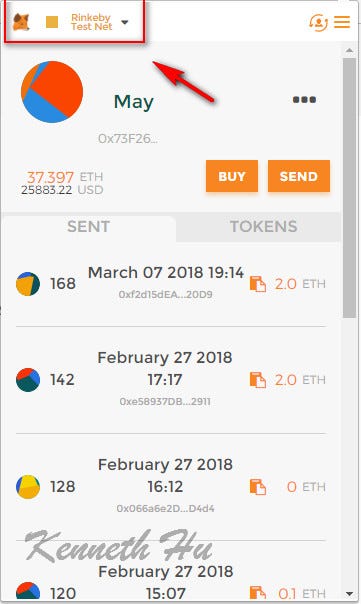

Improving your disk transfer rate should boost your overall PC performance for other application as well, so you stand to benefit anyway.īut of course each of you will have a different computer with different hardware specs, different software running on it, and a different internet connection: so it is possible that your machine will be struggling in a different area or that it is your connection and not the computer at all which is the limiting factor. If you are happy to go with this assumption then you can skip this section and go straight to the tips in the next section if you like. I tested this with several different altcoin wallets and experienced the same issue of hitting up against 100% disk transfer usage repeatedly, so for the purposes of this article I’m just going to go ahead and assume that this is the area we need to optimize in order to get your wallets to sync faster.

When I first started looking into the issue of slow syncing it was immediately clear that on my computer – a Lenovo laptop with 2.6 GHz Intel Core i7 processor, 8GB Ram, 1TB HDD, and a broadband wifi connection – it was the disk transfer rate which was creating a bottleneck and slowing down the syncing of my wallets. If it is syncing, but very slowly, or if you just want to optimize your PC so that you can speed this process up in the future, then read on… Identifying the Bottleneck If your wallet has got itself stuck and isn’t syncing at all then you may like to take a look at this article instead: Help, My Wallet Won’t Sync! You can also monitor the chain folder itself to see if it is being modified and added to, or check your computer’s resource use (fluctuating values for memory and CPU use usually means that the wallet is actively syncing and not completely stuck). There are three ways to tell whether your wallet is actively syncing or if its completely stuck at a particular block: in most wallets you can view the number of blocks processed from within the wallet itself, often from a progress bar along the bottom, or by hovering over an icone that looks like two spinning arrows if the block number doesn’t change for an extended period of time then its stuck. If your wallet isn’t syncing at all for some reason, then there is no point trying to speed it up until you’ve got it started in the first place. Is Your Wallet Actually Stuck?īefore we get into optimizing your PC performance, you need to check that you have a good connection to the network and that your wallet is working properly. Of course there is only so much that you can do: the tips on this page won’t make your bitcoin node or altcoin wallet magically sync instantly, and its entirely possible that they won’t make any significant difference for you at all but I have been able to speed things up and reduce the stress and frustration of not being able to access my coins when I need to so hopefully you will be able to as well.
#Ethereum wallet sync download#
In this article I’m going to share some simple tips that you can use to optimize the performance of your Windows PC and increase the speed at which it is able to download and sync blockchains.

It can be a real hassle having to wait, and if you are a trader looking to take advantage of a market opportunity it can really cost you money as well. If you regularly use more than one cryptocurrency, then you have probably spent quite a lot of time waiting around for wallets to download blockchains and sync with the rest of the network. Introducing SafeHamsters - May 27, 2021.Staking VS other ways of earning on cryptocurrencies – what makes most sense - June 14, 2021.
#Ethereum wallet sync how to#
How to follow a logical path through selecting the best cloud mining services in 2021? - July 15, 2021.


 0 kommentar(er)
0 kommentar(er)
